Water Conservation
Introduction
Water conservation refers to the preservation, control, and management of water as a sustainable measure to protect the water environment. It involves strategies and activities to manage fresh water as a sustainable resource to protect the water ecosystem and to meet current and future human needs.
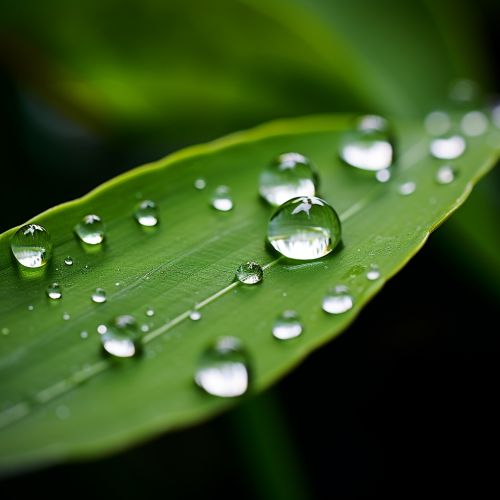
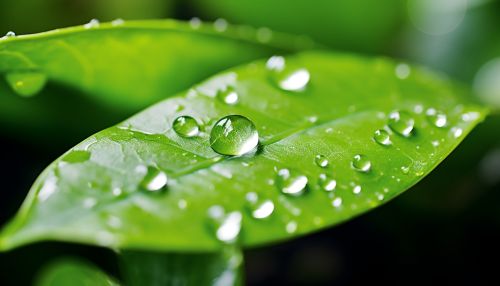
Importance of Water Conservation
Water conservation is crucial for maintaining life on Earth. It helps to preserve our environment, save energy, and maintain the health of our community. It also reduces the effects of water scarcity, prevents water pollution, and ensures a sustainable future for all living organisms.
Water Conservation Methods
There are various methods of water conservation, which can be categorized into two main types: water-saving technology and water conservation practices.
Water-Saving Technology
Water-saving technology includes devices or systems that offer water efficiency. These technologies can be applied at the individual, community, or industrial level.


Examples of water-saving technology include:
- Low-flow showerheads and faucets
- Dual flush toilets and waterless urinals
- Rainwater harvesting systems
- Drip irrigation and micro-irrigation systems
- Greywater recycling systems
Water Conservation Practices
Water conservation practices are behaviors that promote the efficient use of water. These practices can be adopted by individuals, communities, or industries.
Examples of water conservation practices include:
- Reducing or eliminating water waste
- Reusing water whenever possible
- Planting drought-tolerant plants
- Using a broom instead of a hose to clean outdoor areas
- Fixing leaks promptly
- Using a pool cover to reduce evaporation

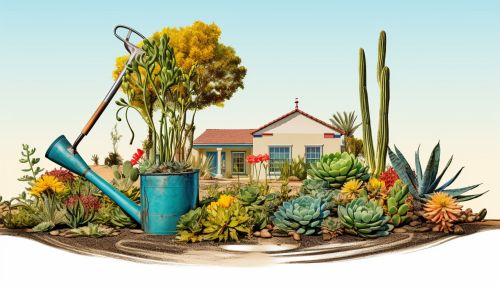
Water Conservation in Agriculture
Agriculture is the largest consumer of freshwater. Therefore, water conservation in agriculture is crucial for sustainable water management. This can be achieved through efficient irrigation methods, crop selection, and soil management.
Efficient Irrigation Methods
Efficient irrigation methods such as drip irrigation, sprinkler irrigation, and subsurface irrigation can significantly reduce water use in agriculture.
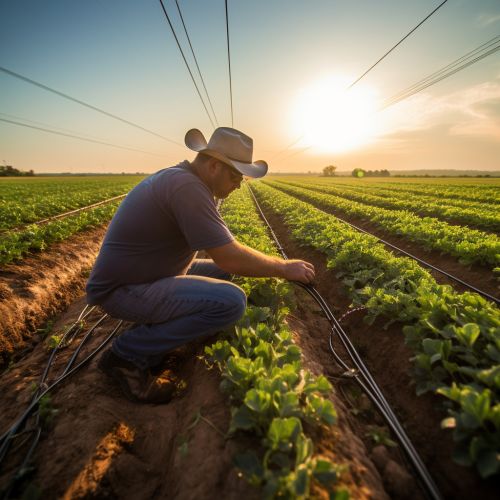
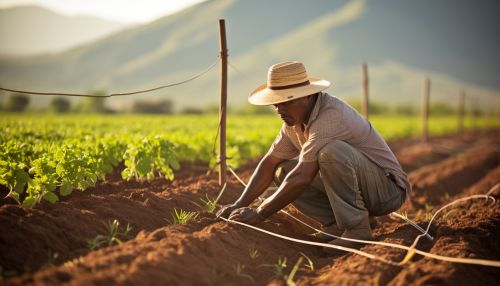
Crop Selection
Choosing crops that are suitable for the local climate and soil conditions can reduce the need for irrigation. Drought-resistant crops and varieties can help conserve water.
Soil Management
Proper soil management can improve water retention and reduce water runoff. This includes practices such as mulching, composting, and cover cropping.
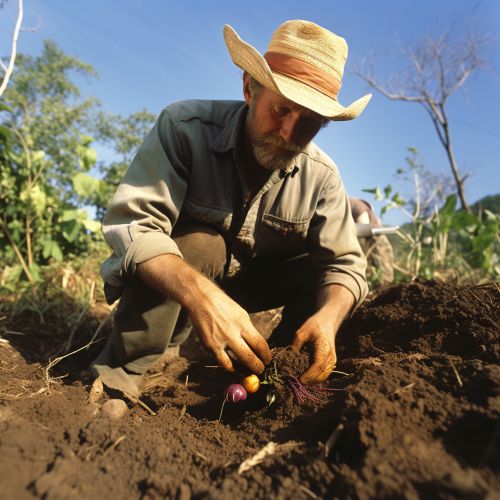
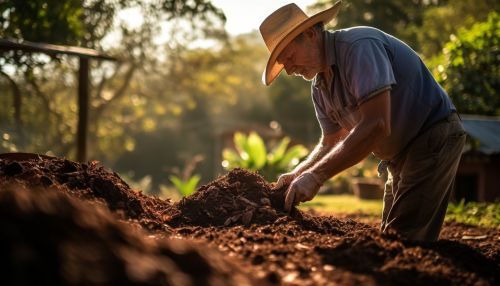
Water Conservation in Industry
Industries can conserve water by implementing water-efficient processes, recycling and reusing water, and managing wastewater effectively.
Water-Efficient Processes
Industries can adopt water-efficient processes to reduce water use. This includes using water-efficient equipment, optimizing cooling systems, and reducing steam usage.
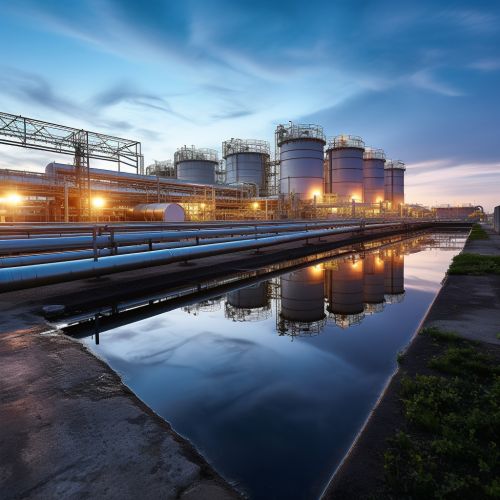
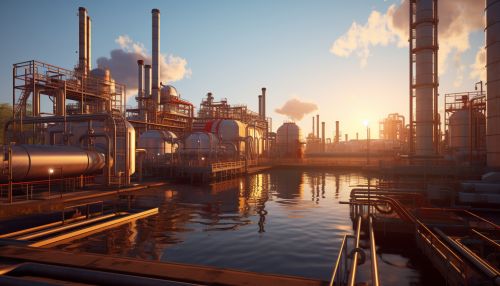
Recycling and Reusing Water
Industries can recycle and reuse water in their processes. This not only conserves water but also reduces the amount of wastewater discharged into the environment.
Wastewater Management
Effective wastewater management can help industries conserve water. This includes treating wastewater to remove pollutants before discharge and reusing treated wastewater in industrial processes.
Water Conservation Policies and Regulations
Governments play a crucial role in water conservation through policies and regulations. These may include water pricing policies, water allocation policies, and regulations on water use and pollution.


Conclusion
Water conservation is essential for the sustainability of our planet. It requires the collective effort of individuals, communities, industries, and governments. Through water-saving technology, water conservation practices, and effective policies and regulations, we can ensure a sustainable future for all.
